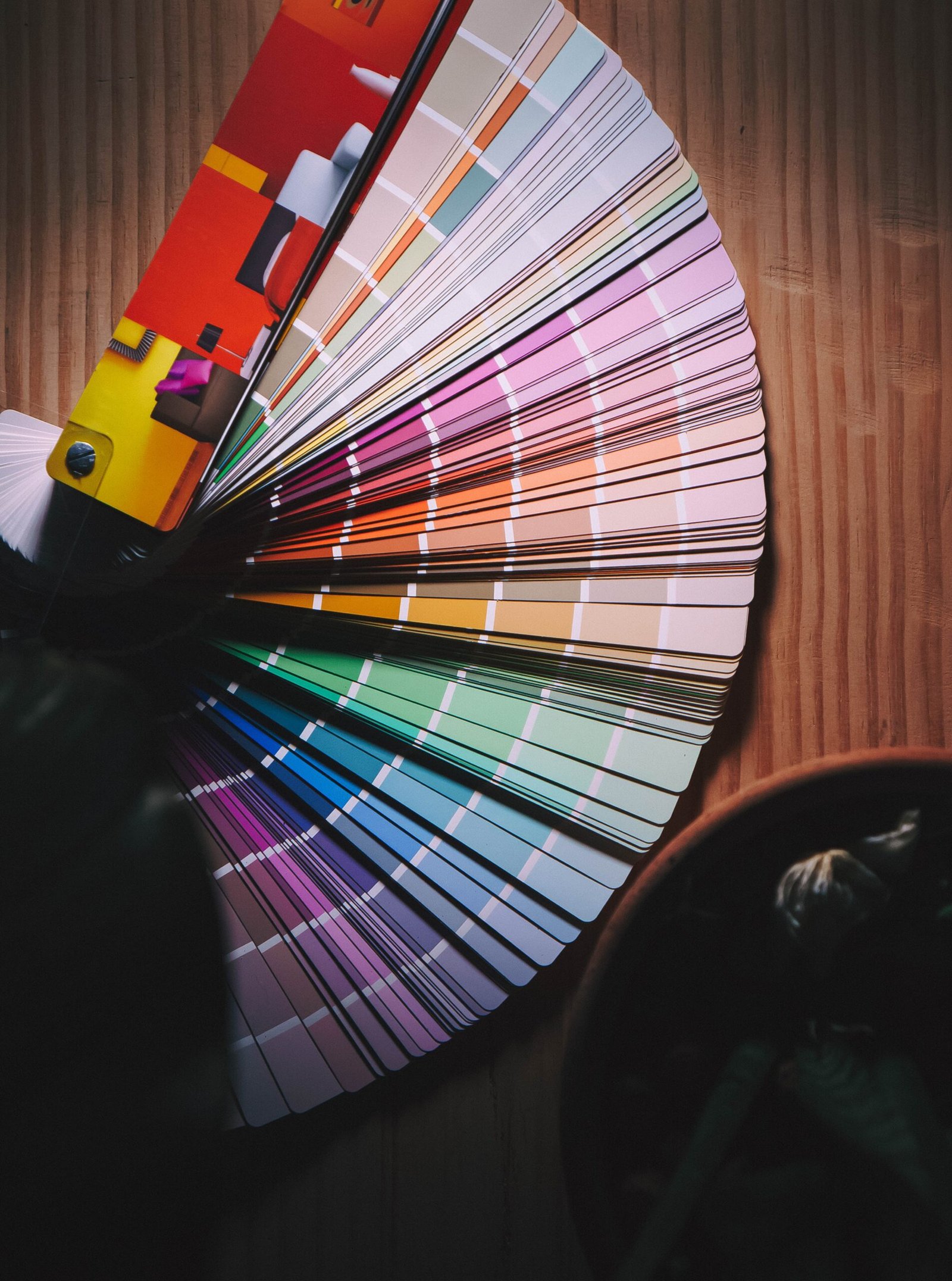
Introduction
When it comes to designing your home interior, one of the most important aspects to consider is the color palette. The colors you choose can have a significant impact on the overall look and feel of your space. Whether you prefer a bold and vibrant scheme or a more subtle and calming ambiance, selecting the right color palette is essential in creating a harmonious and visually appealing home.
Importance of Color
Color has the power to evoke emotions and set the mood in a room. It can influence our perception of space, create a sense of harmony, and even affect our mood and well-being. Understanding the psychological effects of colors can help you make informed decisions when choosing a color palette for your home interior.
For instance, warm colors like red, orange, and yellow can create a cozy and inviting atmosphere, making them ideal for living rooms or dining areas. On the other hand, cool colors like blue, green, and purple can promote a sense of calmness and relaxation, making them suitable for bedrooms or study areas.
Color Patterns
When selecting a color palette, it’s important to consider color patterns that will complement each other and create a cohesive look throughout your home. Here are a few popular color patterns to consider:
- Monochromatic: This color scheme involves using different shades and tints of a single color. It creates a harmonious and sophisticated look, perfect for minimalist or contemporary interiors.
- Analogous: Analogous color schemes involve using colors that are adjacent to each other on the color wheel. This creates a cohesive and visually pleasing effect. For example, combining shades of blue and green can create a serene and tranquil atmosphere.
- Complementary: Complementary colors are opposite each other on the color wheel. They create a vibrant and energetic look when used together. For example, pairing shades of purple with yellow can create a striking and dramatic effect.
- Triadic: Triadic color schemes involve using three colors that are evenly spaced on the color wheel. This creates a balanced and dynamic look. For instance, combining shades of red, yellow, and blue can create a vibrant and playful atmosphere.
Designing with Color
Once you have chosen a color palette, it’s time to incorporate it into your home interior design. Here are a few tips to help you make the most of your chosen colors:
- Start with a focal point: Choose a key element in the room, such as a piece of furniture or artwork, and let it inspire your color palette. This will help create a cohesive and well-balanced design.
- Consider the lighting: Take into account the natural and artificial lighting in your space. Colors can appear different under various lighting conditions, so it’s important to test your chosen colors in different lighting scenarios.
- Balance bold and neutral colors: If you opt for a bold and vibrant color palette, balance it with neutral colors to create visual harmony. This will prevent the space from feeling overwhelming.
- Use color to define spaces: Different colors can be used to define separate areas within an open floor plan. This can help create a sense of flow and organization in your home.
Conclusion
Choosing the right color palette for your home interior design is a crucial step in creating a space that reflects your personal style and enhances your overall well-being. By understanding the importance of color, exploring different color patterns, and incorporating them into your design, you can create a visually appealing and harmonious home that you’ll love coming back to.
Remember, the key is to choose colors that resonate with you and create the desired atmosphere in each room. So, take your time, experiment with different shades, and have fun with the process of designing your home interior.
